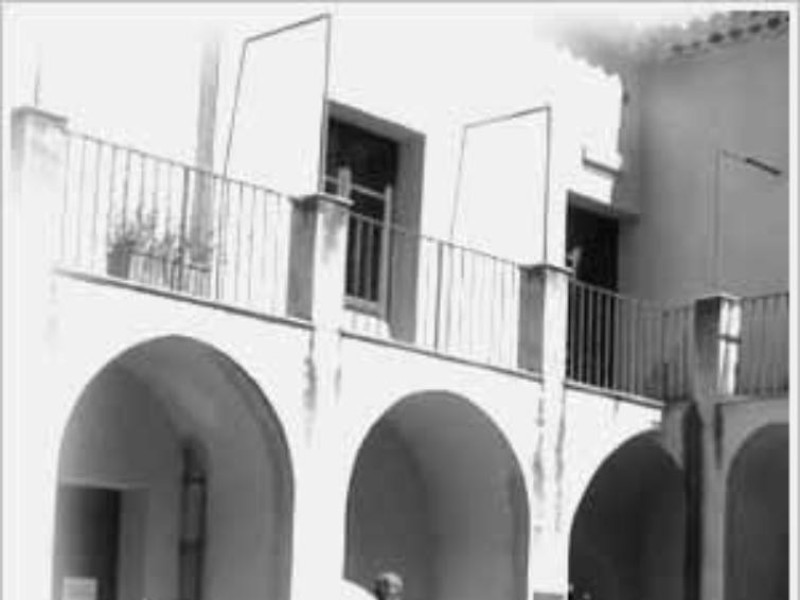Destinazioni - Comune
Castelbuono
Where
Castelbuono (Palermo)
Castelbuono (Sicilian: Castiddubbuonu) is a town and comune in the province of Palermo, Sicily (southern Italy). It is especially famous for the castle which its name derives, and around which the city grew up in the 14th century.
History
Construction of the Castle began in 1316, by order of Count Francesco I of Ventimiglia, over the ruins of the ancient Byzantine town of Ypsigro, high on the San Pietro hill. Hence its original name, Castello del buon aere ("Castle of good air"), from which the name Castelbuono is derived - literally meaning "good castle".
Numerous drastic alterations were made in the 17th century for reasons of accommodation, when a number of Ventimiglia families moved here from Palermo - the castle never served any really strategic purpose, owing to its geographic position down valley. The construction presents Arab-Norman and Swabian features: the cube shape recalls Arabic architecture; the square towers, although incorporated into those of the façade, reflect Norman architectural style, as also the battlements; and the round tower recalls aspects of Swabian architecture.
The city is home to one of Europe's oldest road running competitions: the Giro Podistico Internazionale Castelbuono was first held in the city in 1912 and is held annually.
Main sights
The Castle
The construction of the Castle mixes Arab-Norman features with others typical of the castles built during the Hohenstaufen rule of southern Italy: the cube shape recalls Arabic architecture; the square towers, although incorporated into those of the façade, reflect Norman architectural style, as also the battlements; and the round tower recalls aspects of Frederick II's times architecture.
The structure is on three floors, the first floor for the servants, with the essential services, the second for the nobility, with the sumptuous Cappella Palatina, and the third for the court and for guests.
The Cappella Palatina ("Palace Chapel") was built in 1683 by the brothers Giuseppe and Giacomo Serpotta, with a great profusion of precious marble, stuccowork, putti, and friezes that commemorate the most resplendent moments in the history of the House of Ventimiglia. Here is kept the holy relic of the skull of Saint Anne, in an urn that acts as the pedestal to the sculpted bust of Castelbuono's patron saint.
There are also the traditional underground dungeons and a tunnel that leads to the Church of San Francesco.
Other sites
The church of Matrice Vecchia was built in the 15th century on the ruins of a pagan temple. It has a Renaissance portico added in the 16th century, and a central portal in the Catalan-Gothic style. On the left side is a bell-tower with a fine Romanesque mullioned window culminating in an octagonal spire covered with majoilica tiles. The interior of the church, originally divided into a nave and two aisles, received another aisle at the end of the 16th century. It preserves prized works, most remarkably, above the main altar, a splendid polyptych depicting The Coronation of the Virgin , attributed to Pietro Ruzzolone or possibly Antonello de Saliba. On the bottom right is the unusual figure of a Saint wearing spectacles. On the right is a statue of the Madonna delle Grazie by Antonello Gagini. Below the nave is a fresco depicting the Betrothal of the Virgins showing a strong Senese influence in the elegant features and the symmetry of the composition. Some of the columns separating the nave and the aisles are painted with frescoes, including the figure of St. Catherine of Alexandria.
References
External links
Official Castelbuono web site

